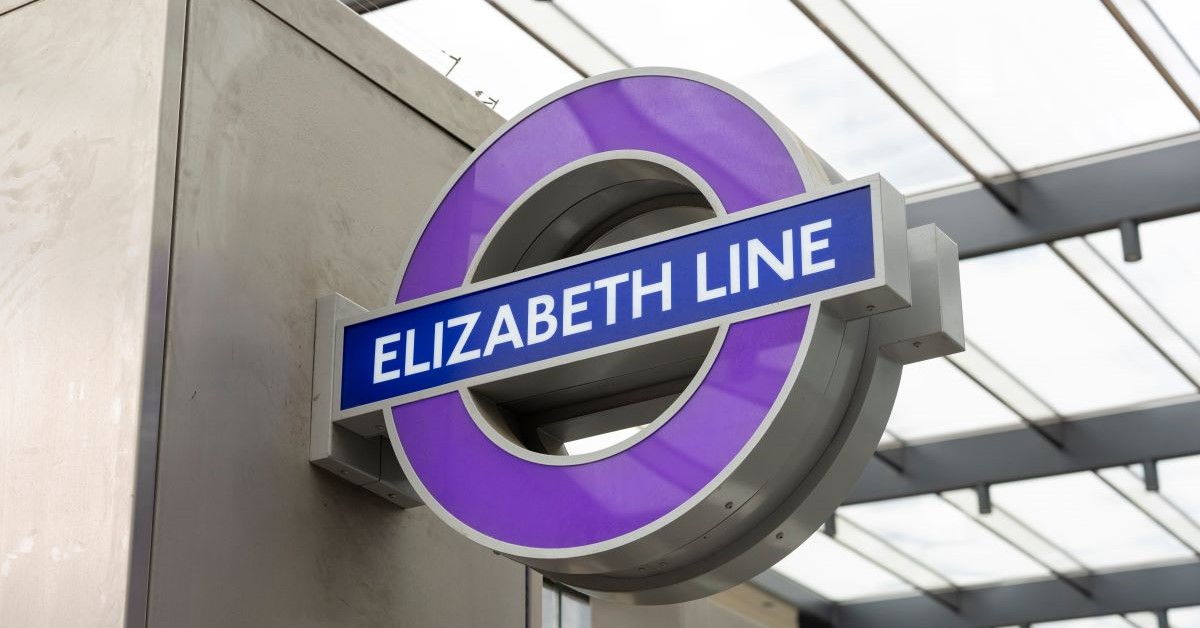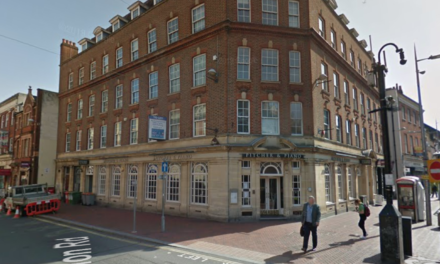Two years after the official opening of the Elizabeth Line, Transport for London (TfL) has celebrated its impact on travel and the economy, both in London and further out.
The line is the fastest growing railway in the UK, with more than 350 million journeys being made on the line since opening in May 2022, significantly helping to drive recovery from the pandemic by creating new journey opportunities, supporting regeneration across the capital, and increasing housing and social opportunities, while adding an estimated £42 billion to the UK economy.
During its first full year of operation it saw more than 150 million passenger journeys and this increased to 210 million in 2023/24. Passenger demand is already above the post-pandemic expectations for the end of the decade and is expected to increase further.
The highest demand growth on the line has been between Reading and Hayes & Harlington, which has seen an 80 per cent increase in demand for TfL services. In comparison, demand for Heathrow terminals has increased by 64 per cent since through-running services were introduced in November 2022.
On average, around 700,000 passenger journeys take place on the line every weekday, with the busiest day recorded on April 18, 2024, when there were 787,000 journeys across the line. The busiest station is Tottenham Court Road, followed by Liverpool Street.
The railway has also helped to drive regeneration along the length of the route. It has directly impacted the development and delivery of 55,000 new homes, with further potential to deliver 15,000 new homes and 8,000 jobs.
Abbey Wood is one of the largest regeneration areas in London. To date, it has seen a six per cent increase in new homes, and further development is expected over the next five years.
In West London, the highest growth rates are in Southall and Hayes & Harlington, which has also seen an increase in social housing developments being built. During the Elizabeth Line construction between 2015 and 2022, 60 per cent of employment growth within greater London has been within 1km of an Elizabeth Line station.
Mayor of London, Sadiq Khan, said: “The Elizabeth Line has been a game-changer for our city, transforming travel across London and the South East and delivering a £42bn boost to the UK economy. In just two years, more than 350 million journeys have been made, and the line has directly impacted the development of 55,000 new homes and significantly supported employment growth.
“The Elizabeth Line has played a vital role in our recovery from the pandemic and is helping to build a fairer, greener and more prosperous London for everyone.”
Howard Smith, TfL’s director of the Elizabeth Line, said: “The Elizabeth Line has rightly and quickly become one of the most popular railways in the country. It has also been one of the most reliable, and earlier this year we achieved our best quarterly performance so far.
“The Elizabeth Line continues to be transformational for people travelling across London and the South East. The huge numbers of customers using our accessible trains and stations is a real testament to the importance of the railway investment and to all those involved in keeping it running.”
The line has also improved step-free access across the TfL network, with all 41 stations becoming step-free from street to platform and all central section stations being fully accessible from street to train, with staff available from first to last train should manual boarding be required.
Elizabeth Line trains have four wheelchair spaces in the fifth carriage, close to the doors, to allow quick boarding. Ten multi-use spaces are on each train for those travelling with buggies, luggage and cycles.
© London West (powered by ukpropertyforums.com).
Sign up to receive our weekly free journal, The Forum here.















